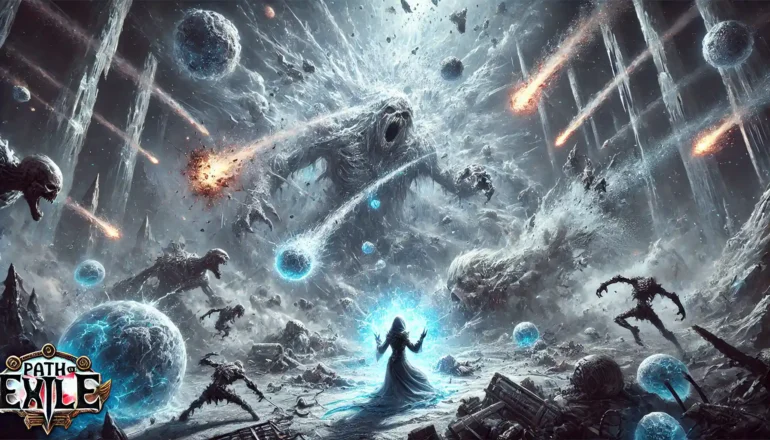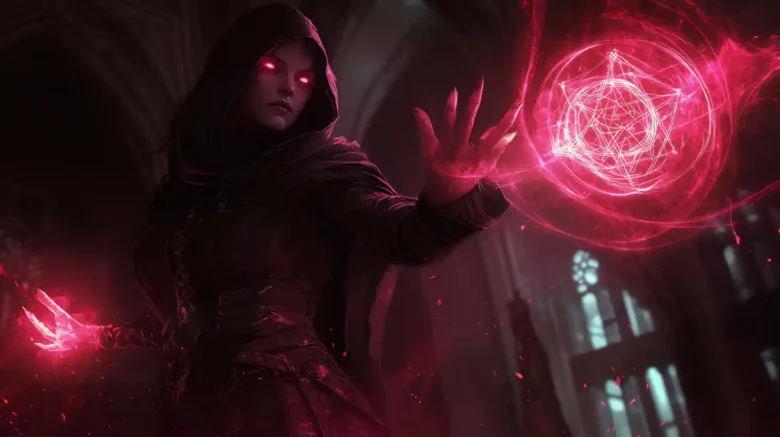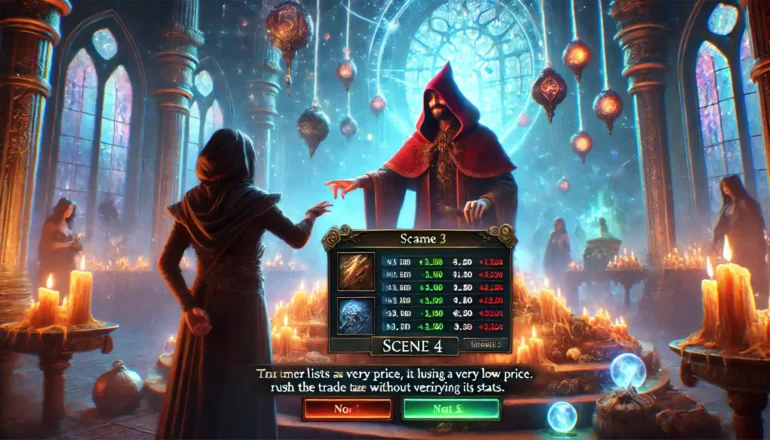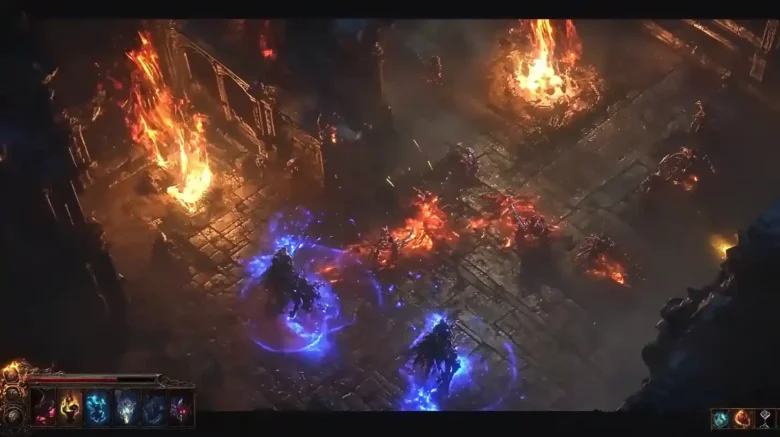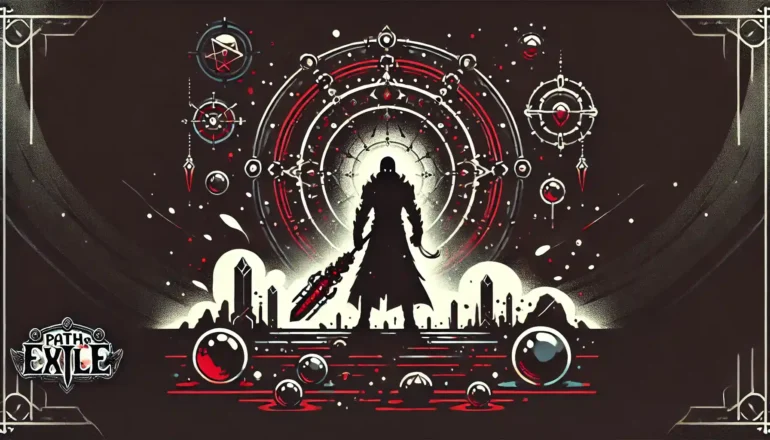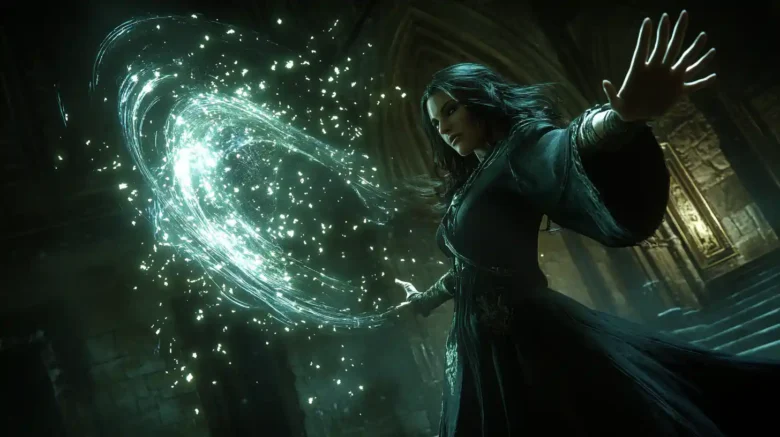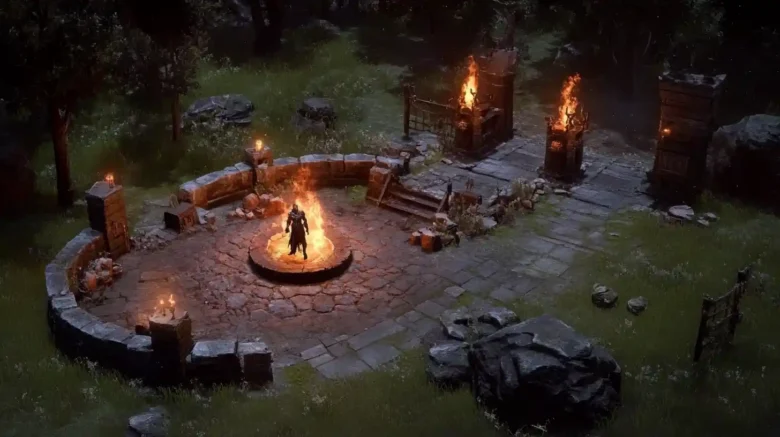The ‘This Game Hates You’ Handbook: PoE 2 Edition
So, you’re thinking about trying out Path of Exile 2, but the game looks massive and completely overwhelming? Yeah, I get it. Let’s go through everything step by step to help you understand how the game mechanics work, so you don’t feel lost before you even begin.
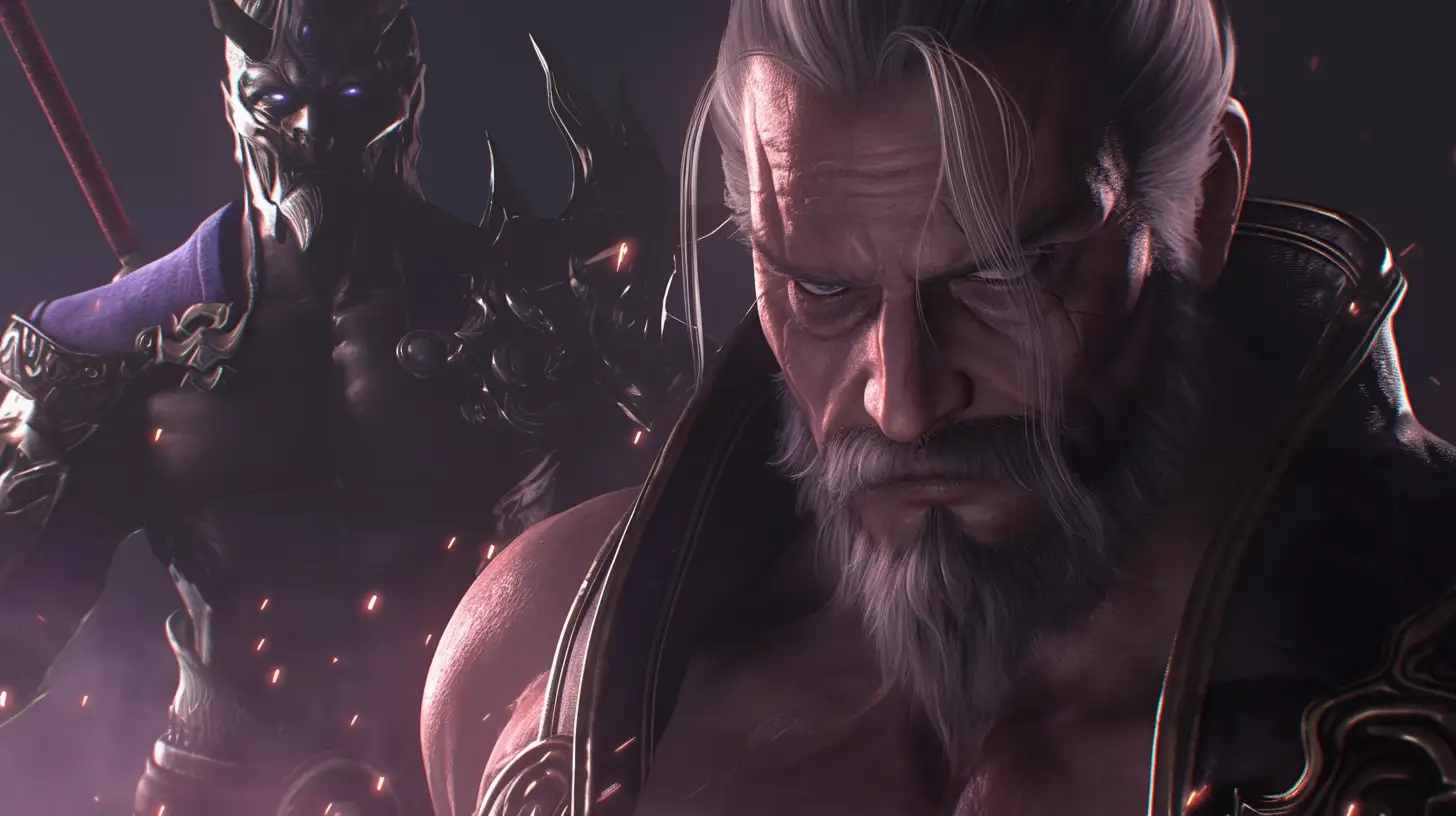
Playable Classes
Let’s start with the basics — classes. Technically, there are 12 playable classes in Path of Exile 2, but in Early Access, we only have access to six:
- Warrior
- Monk
- Ranger
- Sorceress
- Witch
- Mercenary
Once the full game launches, we’ll also get: Druid, Marauder, Hunter, Duelist, Templar, and Shadow. There’s not much official info on them yet, so for now, we’ll focus on what we do know—starting with the core fantasy behind each of the available classes.
| Class | Description |
| Warrior | A strength-based melee class. Big, tanky, and always on the frontlines, Warriors can take heavy hits and deal just as much damage back. They use war cries to buff allies, smash enemies with AOE ground attacks, and wield heavy melee weapons and deal melee damage. Can choose between a two-handed weapon for massive damage or a shield for active blocking. |
| Monk | A fast and agile melee fighter with movement abilities that let them zip across the battlefield. Monks typically wield quarterstaffs or lightweight weapons and can infuse attacks with elemental damage. They can even stun enemies by smacking them with a giant bell. |
| Ranger | A bow-wielding ranged class. Rangers can kite enemies while unleashing a barrage of arrows. Their abilities include AOE poison attacks, high-damage single-target shots, and nature-based skills that trap enemies in vines. |
| Sorceress | An elemental magic caster specializing in fire, lightning, and ice. Sorceresses can throw projectiles, summon elemental hazards, and control the battlefield with firewalls, ice barriers, and other destructive spells. |
| Witch | A summoner class that commands an army of the undead. While minions do the fighting, Witches stay in the back, casting curses and debuffs to weaken enemies. Perfect for players who enjoy a puppet master playstyle. |
| Mercenary | A ranged fighter wielding a crossbow, essentially a medieval firearm. Mercenaries have instant-hit projectiles with no travel time and can switch between different ammo types, including burst fire, freezing bolts, and grenades. Think of them as a medieval version of The Punisher. |
Basic Game Mechanics — Flasks, Energy Shield, etc.
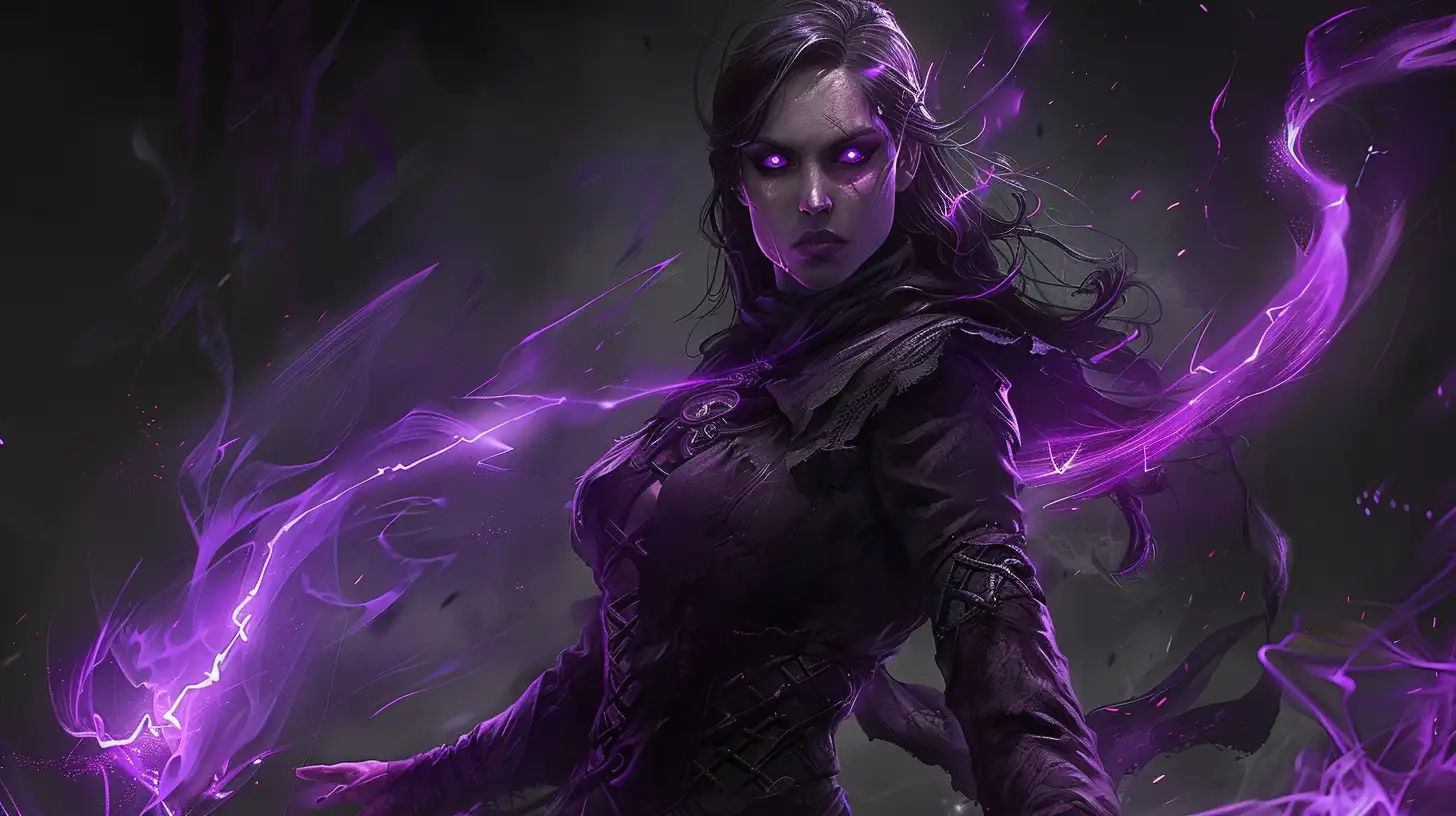
Now that we’ve covered classes, let’s talk about combat—arguably the most important part of Path of Exile 2. This section will break down how fights work, how you heal, and how to read your HUD so you’re not just mashing buttons in panic.
When you dive into Path of Exile 2, keeping an eye on your HUD is crucial for survival. Here’s a breakdown of the key elements you’ll be using.
| Element | Location | Description |
| Health Orb | Bottom-Left | The large Red Orb represents your current health. Keep it high, or you’ll be meeting the resurrection point. |
| Mana Orb | Bottom-Right | The Blue Orb shows your Mana pool, displaying your maximum mana. Essential for spellcasters, strong Intelligence related abilities consume from just the existing pool—so manage it wisely. |
| Flasks | Bottom-Left/Right | Refillable potions near your health and mana orbs provide healing and mana restoration over time, not instantly. They have charges that are replenished by killing enemies or using town wells. |
| Energy Shield | Around Health Orb | The light-blue bar surrounding your health orb acts as a buffer, absorbing damage before it hits your health. It recharges over time when you’re not taking constant damage, giving you a crucial buffer during intense fights. |
| Spirit Bar | Next to Mana Orb | A thin bar representing Spirit, a resource used for specific passive or defensive skills. |
| Skill Buttons | Bottom-Right | Buttons that activate your equipped skills. Aim your attacks with the mouse cursor and press the corresponding button to unleash your abilities. |
| Mini-Map | Top-Right | A map that gradually fills in as you explore, revealing the surrounding area and helping you navigate the vast zones of Path of Exile 2. |
Dem Are Fighting Hands!
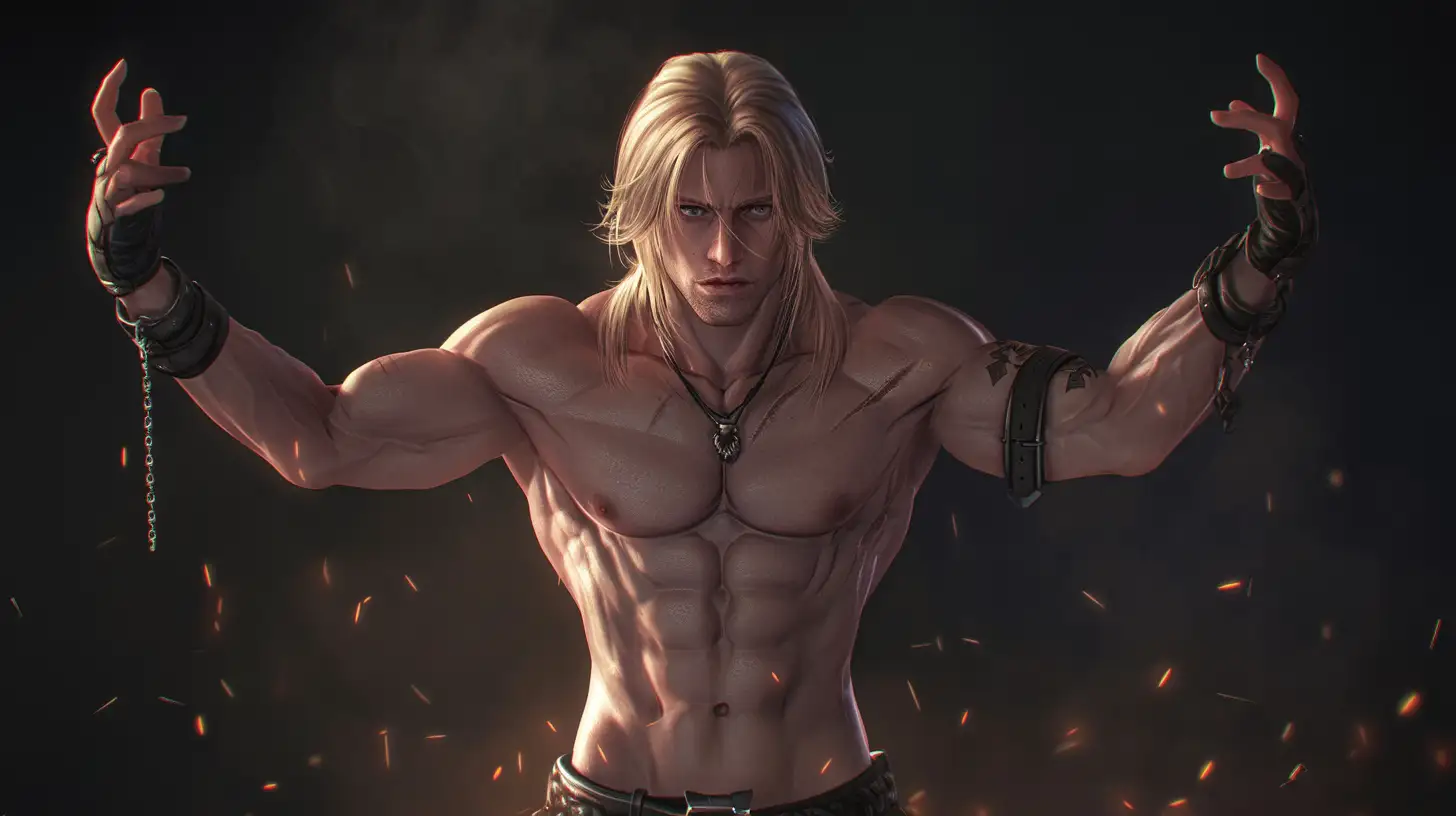
When enemies show up, you’ll use your skills to fight them. Every class has unique abilities, and activating them is pretty simple:
- Aim your attack with the mouse cursor
- Press the skill button (located in the bottom-right of your screen)
- Boom—attack activated
Some abilities can be used repeatedly, while others—especially stronger attacks—have cooldowns or cost more resources. For example:
- If you’re playing a Sorceress, your skills cost Mana.
- The blue orb in the bottom-right corner represents your Mana pool.
- Stronger spells use more Mana, so you’ll need to manage it wisely.
Crowd Control: Taming the Horde
In Path of Exile 2, managing enemy groups is essential for survival. Crowd control (CC) effects allow you to hinder enemy actions, creating openings for attacks or escapes. Skills with effects like stuns, freezes, knockbacks, and snares can be vital. For example, a Monk might use a stunning bell attack, or a Sorceress might freeze enemies in place. Understanding how to apply these effects effectively can turn a chaotic battle into a controlled encounter.
Monster Damage in PoE2: No More “Spell vs. Attack” Drama

Alright, buckle up, ‘cause this is a big one. We’re talking about a major shift from Path of Exile 1 to Path of Exile 2 when it comes to monster damage and how it’s classified.
Monster Damage in PoE2: A New Era of Clarity
“Path of Exile 2 dramatically simplifies monster damage classifications. Gone are the confusing ‘spell vs. attack’ distinctions of PoE1. Instead, damage is now categorized as AoE, projectile, or strike. This means evasion effectively defends against projectiles and strikes, but not AoE attacks.
While the ‘spell suppression’ mechanic is removed, other defensive layers like elemental, chaos, physical, melee/ranged, ground effects, and status ailments remain. This change aims to create a more intuitive system, reducing the need for complex calculations.
Blocking, like evasion, now works against projectiles and strikes, but not AoE. This emphasizes active dodging in boss fights. The shift from PoE1’s ‘spell suppression’ focus to this normalized system should lead to a more balanced gameplay experience.”
Blocking & Dodge Rolling and their effects on movement speed
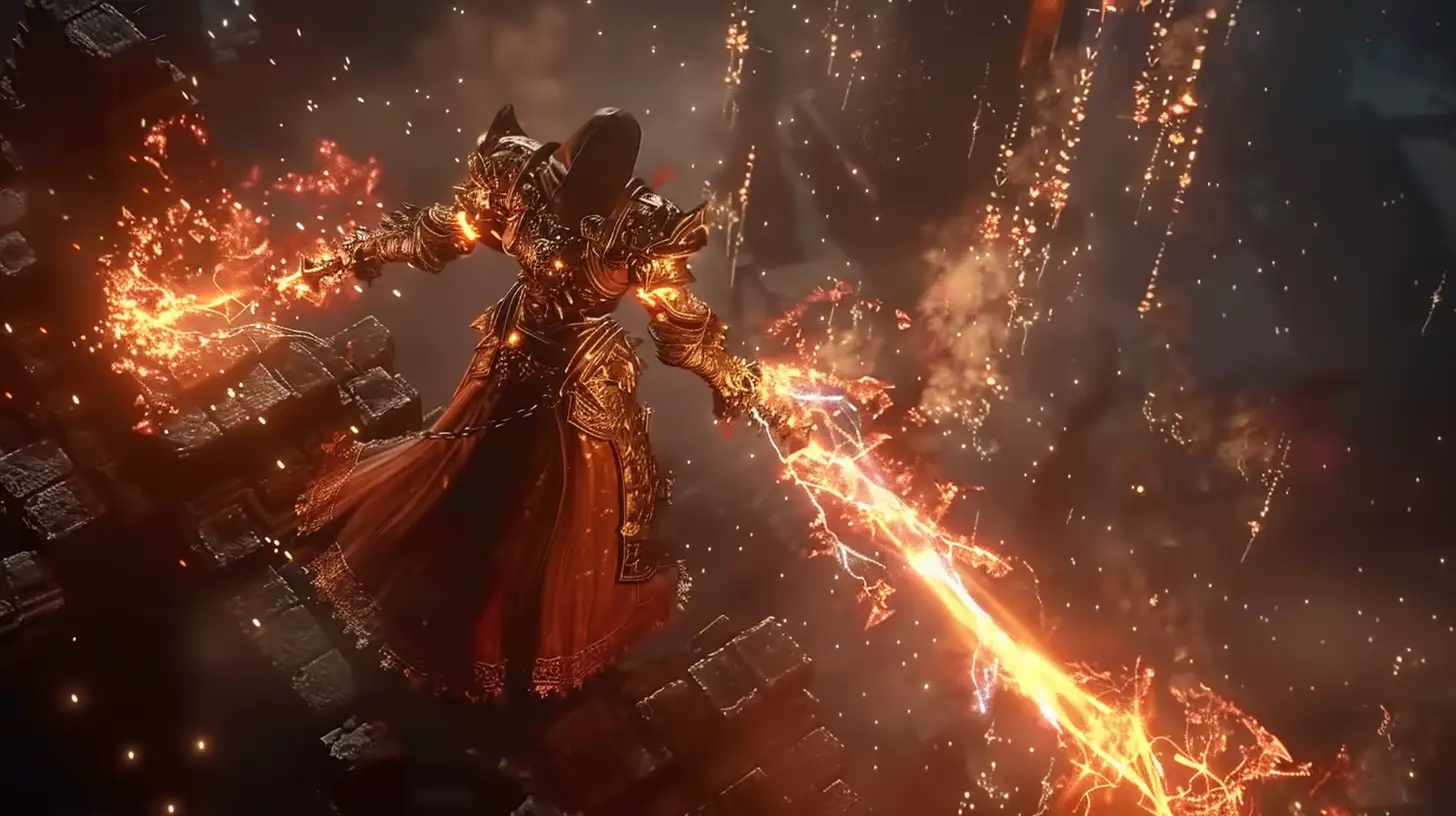
Defense is just as important as offense, especially against bosses.
- Blocking (don’t be shy and use your “Raise Shield” ability!)
- Shields aren’t just for decoration—you can actively block attacks.
- This is crucial for melee attacks against you.
- Keep in mind that blocking does slow your movement speed.
- Dodging (Spacebar = Quick Dodge Roll)
- Every class can dodge by pressing Spacebar. Dodging moves you in any direction and though it doesn’t enhance your movement speed it helps avoid damage.
- Boss fights in Path of Exile 2 often have massive, high-damage attacks.
- If an attack looks huge and deadly, chances are it can one-shot you—so dodge!
Even if you block or dodge incoming attacks, your Energy Shield provides an additional layer of protection by mitigating residual damage and quickly recharging when you’re not under fire. Think of it like Diablo meets Elden Ring—you don’t just stand there and tank everything.
How Does Damage Conversion Work in PoE2?
Alright, let’s break it down. Take a look at the skill Lightning Arrow—it says it converts 40% of physical damage to lightning damage. A lot of skills work this way, converting part of their damage to a different type.
Now, in PoE1, conversion worked a bit differently, but in PoE2, it’s a lot more straightforward and makes more sense. First, let’s see what the game itself says:
Damage can be converted from one type to another. This causes it to deal the new damage type, scale with modifiers for that type, and stop scaling with modifiers for the original type.
So what does this mean? Well, let’s focus on that 40% conversion from physical to lightning. If you’re dealing 8 to 17 physical damage, then:
- 40% of 8 is about 3
- 40% of 17 is about 7
So now, instead of 8 to 17 physical damage, you’re only dealing 5 to 10 physical, because 3 of that went to lightning, and 7 of the 17 did too. This is basically what damage conversion does—it shifts part of your damage into another type, and that new damage follows its own rules. Similarly, some skills can convert a portion of physical damage into chaos damage. Unlike elemental conversions, chaos damage often ignores resistances, making it a potent choice for certain builds and scaling uniquely with chaos-specific modifiers.
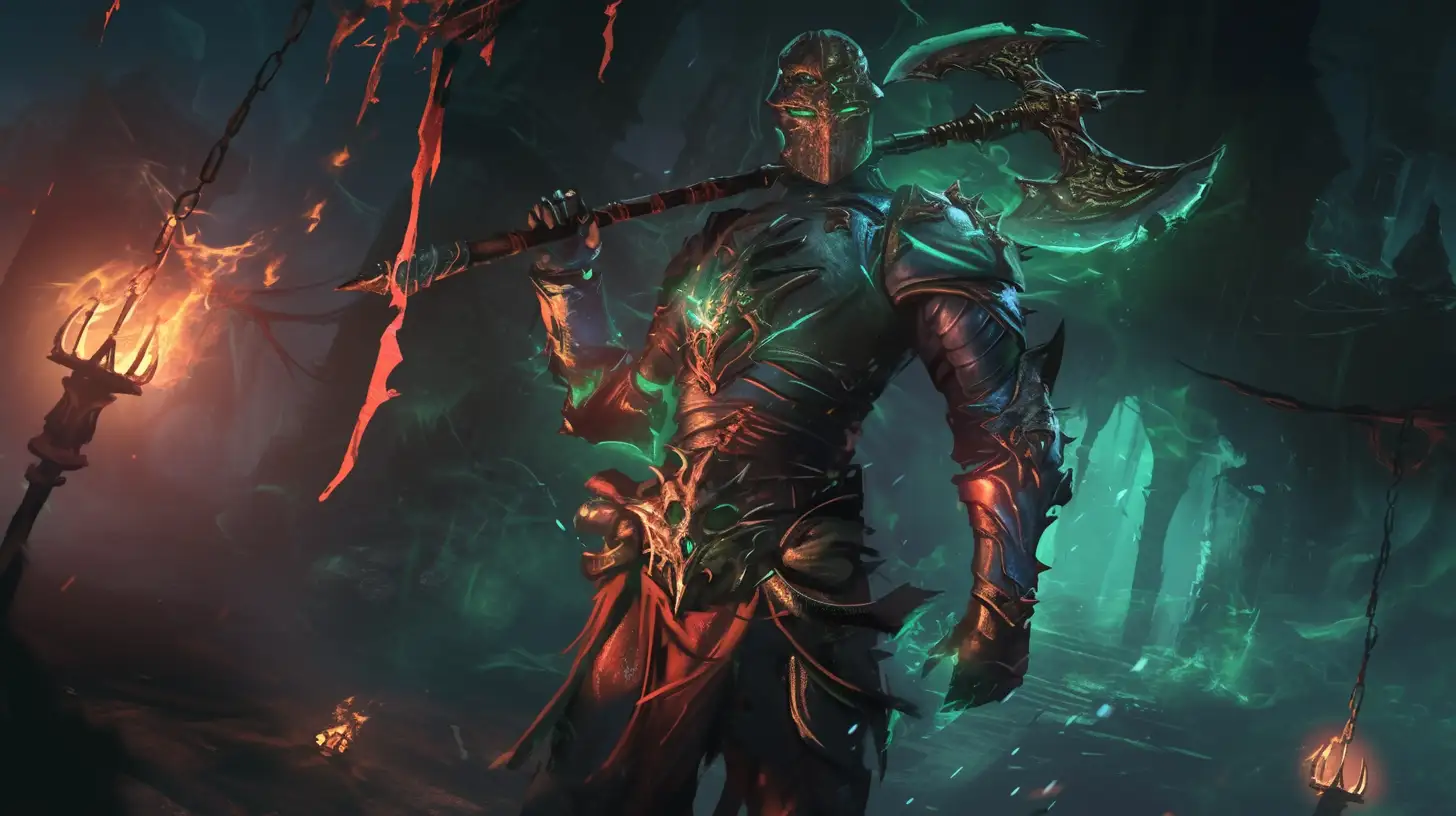
Now, let’s say we have 1.12x and 1.65x multipliers for lightning damage. That means our 3 to 7 lightning damage gets scaled up to 6 to 13. So lightning damage increases in the same way physical damage does.
The key thing to remember is that converted damage can also scale with its new type’s modifiers. For example, if you have 65% increased projectile damage, that applies to everything. But later in the game, you might pick up 30% increased lightning damage—this only applies to your lightning damage, not physical or anything else.
So now, instead of multiplying by 1.65x, you’re multiplying by 1.95x because you added that extra 30% lightning damage. But here’s the interesting part—Lightning Arrow has both a projectile and a beam.
- The projectile converts 40% physical → lightning
- The beam converts 100% physical → lightning
So while both deal the same total damage (30 to 53), the damage types are different. Why does this matter? Well, in the endgame, you’ll have a lot of ways to scale damage. If you’re playing a lightning build, you want as much base lightning damage as possible because all your lightning multipliers will stack on top of it.
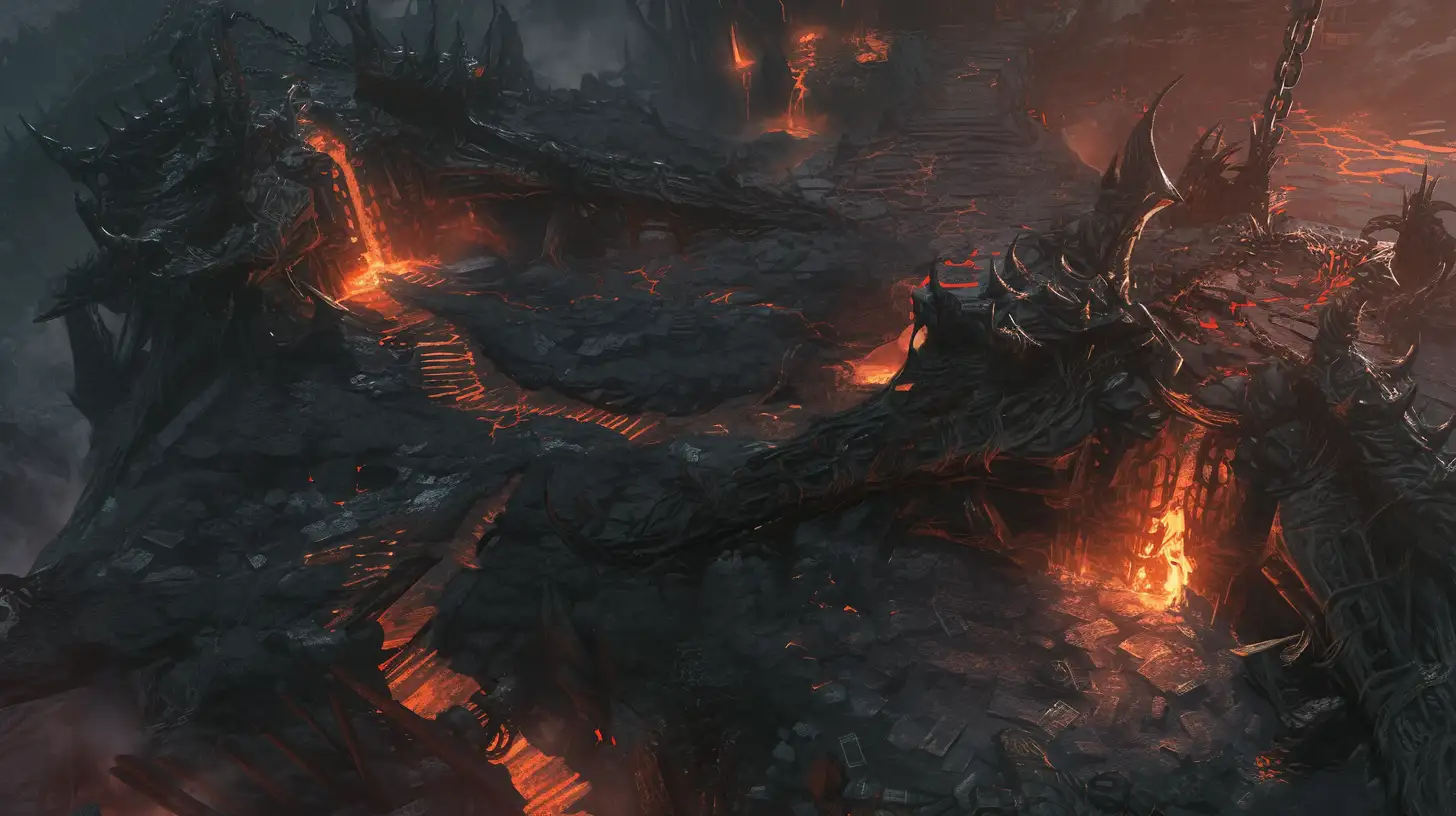
If you only convert 40%, your lightning base critical damage bonus is low. But if you push it to 100% conversion, your entire physical damage turns into lightning, meaning everything benefits from your lightning modifiers. Instead of just 3 to 7 lightning damage, you’d have 8 to 17, which scales way better.
So ideally, if you’re building for lightning damage, you want 100% conversion at some point.
Skills & Gems (Skill Gems, Support Gems, Spirit Gems)
Alright, let’s break down something that might seem confusing at first—skills and gems. If you’re new to the game, all of this can look overwhelming, but don’t worry, it’s actually pretty straightforward.
In Path of Exile 2, you don’t just unlock skills by leveling up. Enemies can drop skill gems during combat. If it’s a fresh drop, it’ll technically be called an “uncut skill gem“, but for now, just think of them as skill gems. Here’s how it works:
- You pick up the gem.
- It goes into your inventory.
- When you want to use it, right-click it—this opens the gem cutting menu.
From there, you can either learn a brand-new skill or upgrade an existing one.
Gems Have Levels
Let’s say you have a level 9 skill gem in your inventory—yep, gems have levels, but don’t panic! Early on you’ll mostly find level 1 skill gems, but as you progress, you’ll start coming across higher-level ones. When you right-click a gem and open the gem cutting menu, you get two choices:

For example, if you decide to learn Mana Tempest, cutting the gem transforms it from an uncut skill gem into a Mana Tempest spell in your inventory. Now, to actually use it, you have to equip it:
- Press G to open your skill list.
- You’ll see all your equipped skills (big gems on the left). Some come from skill gems, others come from gear that grants abilities (like a staff that lets you cast Freezing Shards).
- If you’re out of skill slots, unequip something—maybe Orb of Storms—and swap it out for Mana Tempest.
- Lastly, assign the new skill to a key (you’ll see the available options in the bottom-right of your HUD).
Pro tip: If your skill bar is full, hold Ctrl—this gives you extra slots. Now, if you assign Mana Tempest to Ctrl+Q, you just hold Ctrl in battle to cast it.
You Can Swap Skills Anytime
Since skills are equipped like items, you can store ones you’re not using in your inventory or, better yet, in your stash (a personal chest in town). That way, if you ever want to change your build, you can just swap them out.
Weapon Swapping & Support Gems: Customizing Your Arsenal

“Your two weapons? They’re not just for show—you can swap them on the fly, no menu-diving required! Think of it like a magician’s quick change, but with more explosions.
Example time:
- Weapon Slot 1: Staff of Freezing Shards (brrrr)
- Weapon Slot 2: Staff of Sigil of Power (zappy zappy)
Wanna unleash that Sigil of Power? Your sorceress will automatically switch to the right staff. Back to freezing foes? Boom—instant weapon swap. And here’s a pro-tip: peep your passive skill tree (top right), you can even allocate skill points specifically for each weapon. Extra customization? Yes, please!
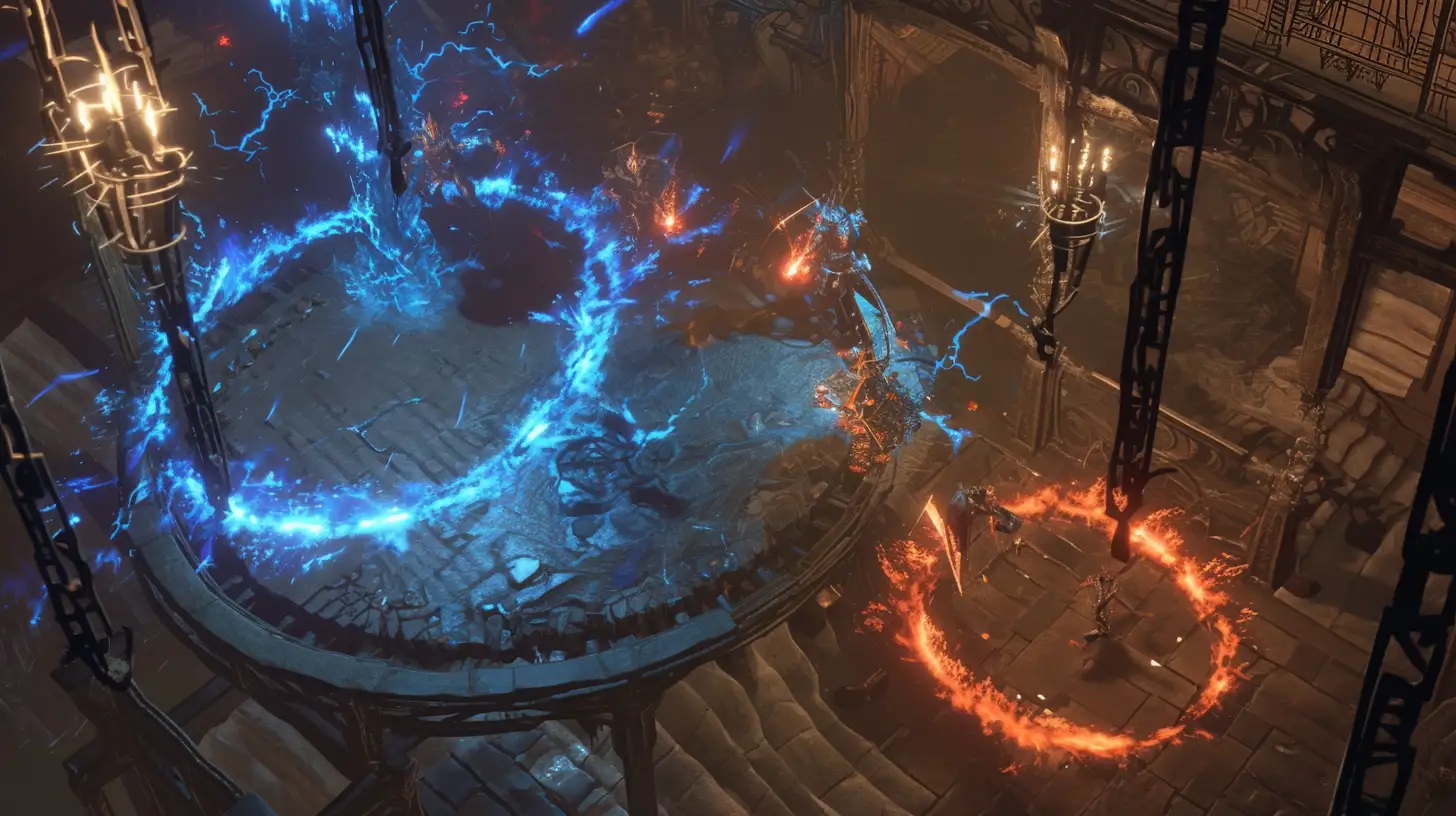
Now, let’s crank that customization up a notch with Support Gems. These little gems are like skill steroids—they don’t give you new skills, but they drastically alter the ones you’ve got. Think of them as the spice rack for your spells. Example:
- You’ve got Frostbolt, firing a single icy projectile.
- Slap on a Scattershot support gem, and BAM! You’re now launching three Frostbolts at once.
Of course, PoE loves its trade-offs. Scattershot gives you more projectiles, but it also nerfs your cast speed and damage. It’s a give-and-take dance—more spread, less oomph.
And the best part? You can mix and match these support gems to your heart’s content. Got a Concentrated Effect gem in Flame Wall, but it’d look better in Solar Orbs? Rip it out and plug it in! Just remember, not all gems play nice with every skill, so get experimenting and find those spicy combos.
Spirit Gems – Persistent Buffs
There’s one more type of gem—Spirit Gems. These work similarly but grant persistent buff skills.
If you pick up a Spirit Gem, right-click it, and you’ll see a list of buffs you can unlock. Fun fact: even though you might be playing a Sorceress, you can actually grab buffs from the Witch tab if you want to. Some buffs overlap between classes, so feel free to get creative with your build.
ATTRIBUTES (The Big Three)
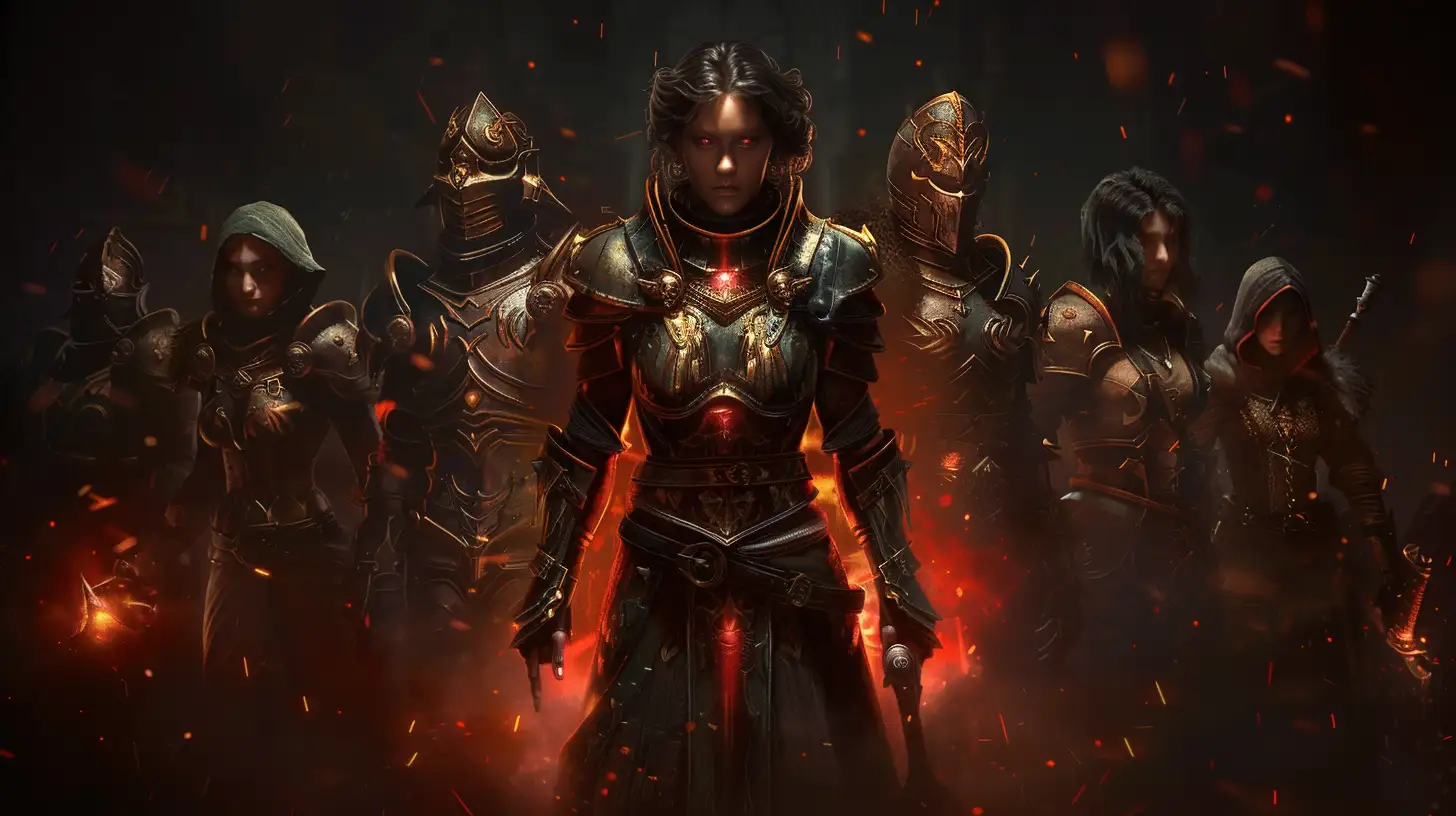
Alright, next up—attributes! If you’ve been paying attention (and not just smashing buttons), you probably noticed little stat boosts like +5 Intelligence popping up on the passive skill tree. What’s up with that? Well, Path of Exile 2 has three core attributes:
- Strength – The Beefcake Stat: Strength isn’t just about looking swole—it’s mandatory for certain melee weapons and powering melee attacks. If your strength is too low, that cool battleaxe you just found? Yeah, you can’t even pick it up. A Sorceress won’t lose sleep over that, but a Warrior? Oh, he’s gonna cry.But wait, there’s more! Strength also boosts your Life, which means more HP and fewer trips to the graveyard. If you’re a frontline fighter, you want as much strength as possible—because you’re gonna be the one getting punched in the face. So warriors, stack Strength or die trying.
- Dexterity – The Speed Demon Stat: Dexterity makes your ranged attacks actually hit things. Without it, you’re just flinging arrows into the void, hoping something walks into them. Every point of Dexterity raises your Accuracy, making you a sharpshooter instead of a stormtrooper. It also increases Evasion, which is not the same as pressing Spacebar to dodge-roll like a lunatic. Evasion is passive—it means enemies will literally just miss their attacks sometimes. And trust me, a Monk or Ranger appreciates that a lot because they don’t have the beefy HP pool of a Warrior.
- Intelligence – The Big Brain Stat: Intelligence = Mana. More intelligence means more mana, and more mana means more spells. Every point of Intelligence gives you +2 Mana, which might not sound like much, but trust me, spellcasters burn through mana like it’s nothing. Many cold damage spells (like Frostbolt) rely on high Intelligence not only for mana, but also because their damage scales with cold damage modifiers.Also, some gear requires a high Intelligence—because apparently, you need to be smart to wear a fancy wizard hat.
INVENTORY – Your Personal Hoard
Alright, let’s talk about your inventory, a.k.a. your treasure chest of chaos. Take a peek at the top—see all that stuff? That’s everything you have equipped.
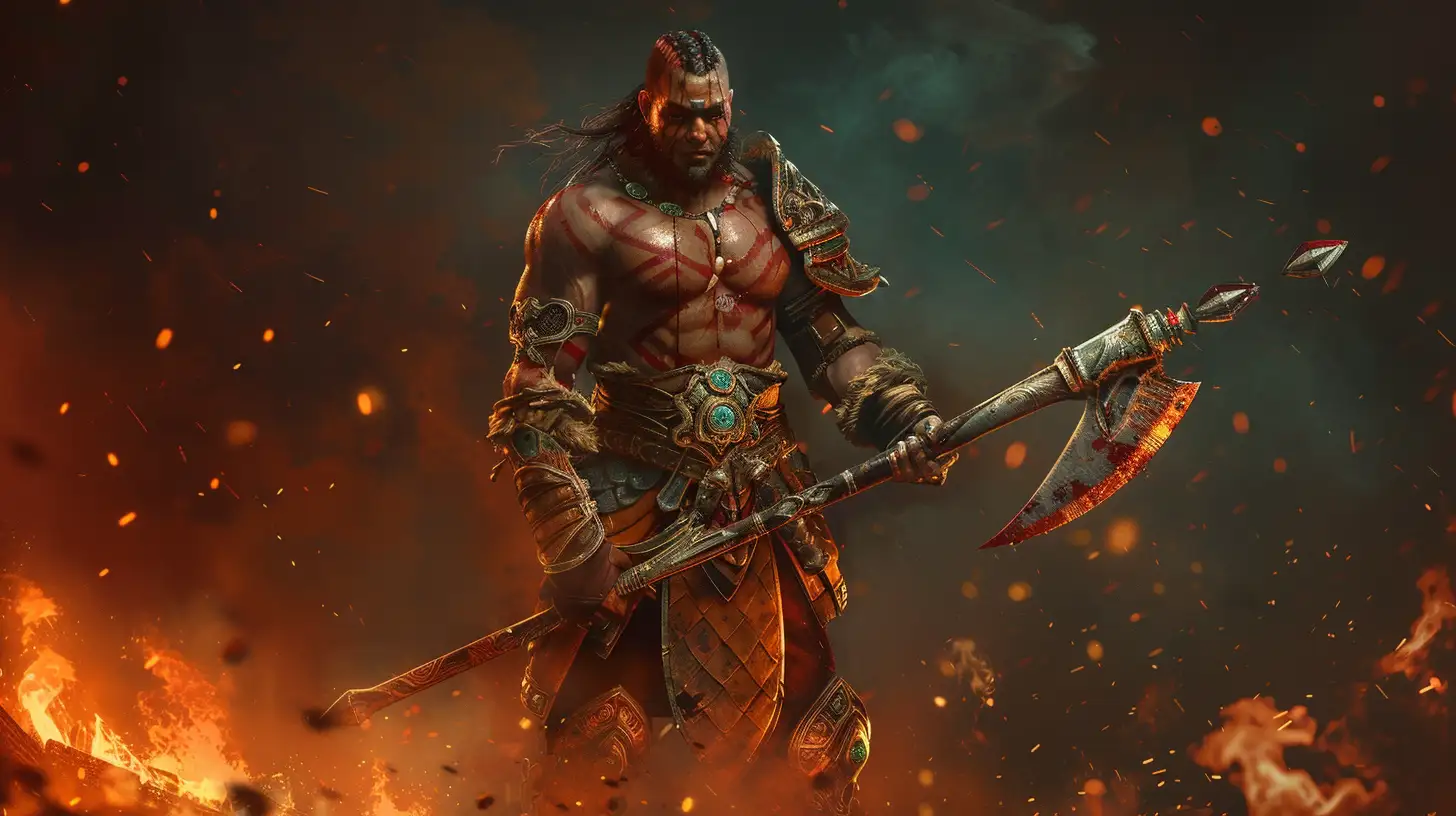
You get to wear:
- Two weapons (because one is never enough)
- A headpiece (crowns, helmets, or a stylish hood for max edginess)
- A chest piece (gotta cover those vital organs)
- Gloves (because fashion and function)
- A belt (for holding potions and looking cool)
- Shoes (because running barefoot through a battlefield is a bad idea)
- Two rings (because one is simply not enough for power-hungry adventurers)
- An amulet (because magic bling is essential)
- Healing & Mana flasks (we already talked about these lifesavers)
- Charms! You start with just one, but more will unlock as you go. Charms add special effects—like better lightning resistance, so you don’t get fried like a piece of toast.
RUNES & SOCKETING – Because Regular Gear is Boring
Alright, let’s talk about runes, a.k.a. magical LEGO pieces for your gear. These bad boys drop from enemies, and you can socket them into certain weapons or armor—if they have an empty slot.
What do runes do? Glad you asked:

Important: You can’t socket a rune while the gear is equipped. Nope, gotta take it off first, THEN shove the rune in. Once it’s nice and cozy, you can re-equip the gear and go zap, freeze, or incinerate some enemies.
ORBS & SHARDS – Magic Marbles of Chaos
Let’s chat about orbs and shards, a.k.a. little magical trinkets that make life interesting. These drop from enemies, and they do all sorts of fun things.
Example time! Ever heard of an Orb of Alchemy? This bad boy upgrades a plain ol’ normal item into a fancy rare item with four modifiers. Here’s how:
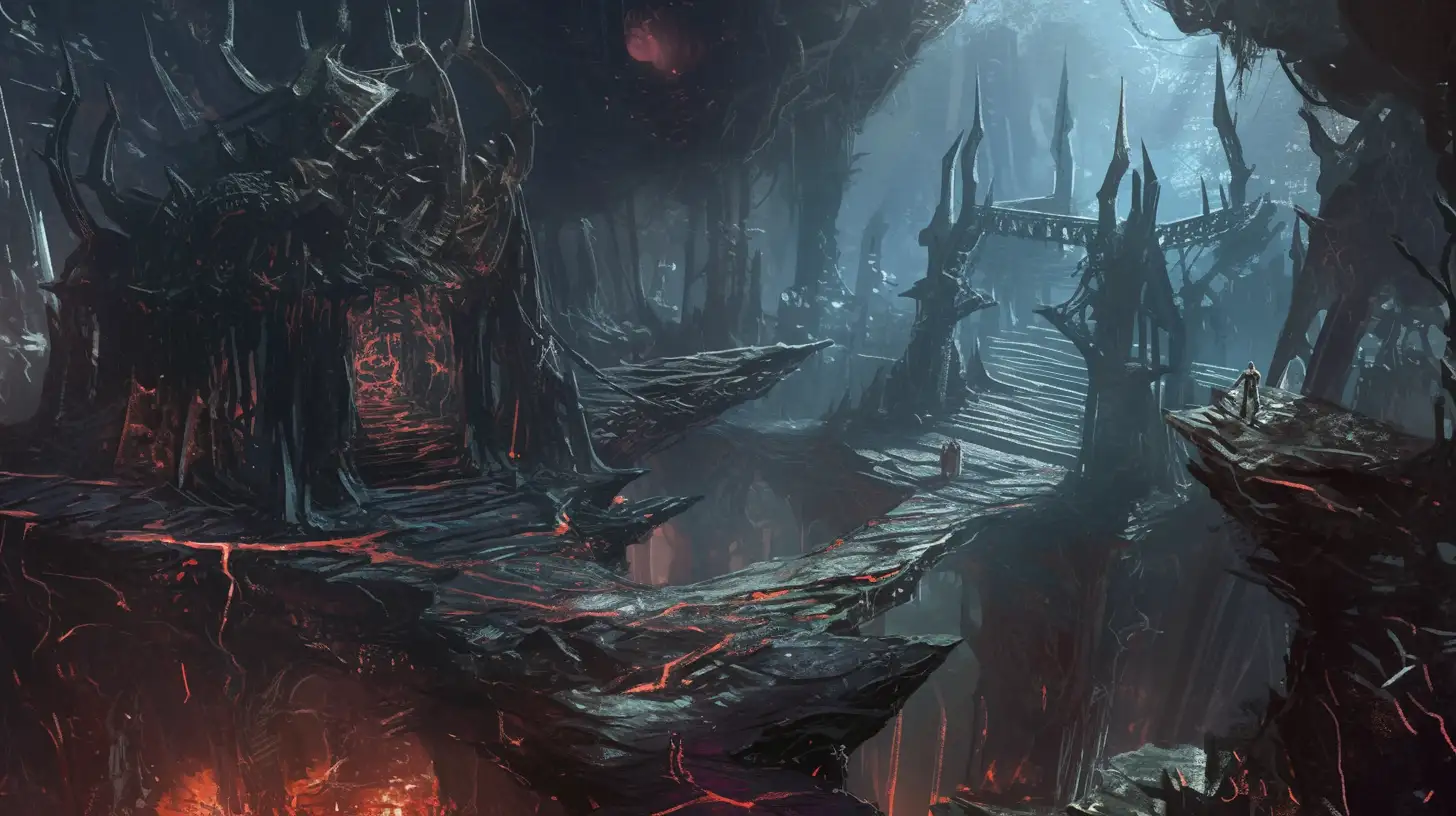
Oh, and speaking of item types—gear comes in four flavors:
- Normal (gray) – Basic.
- Magic (blue) – A little extra.
- Rare (yellow) – Now we’re talking.
- Unique (orange/gold) – The real good stuff.
There are tons of different orbs that tweak your gear in weird and wonderful ways. Some players say you should hoard them like a dragon and only use them in ultra-rare situations, but you know what? Live your best life. Want to use an orb? Use the dang orb.
And shards? They’re just tiny, broken pieces of orbs. Collect 10 Regal Shards, and boom—they merge into a Regal Orb, which works like an Orb of Alchemy. So yeah, hoard those too.
Passive Skill Tree
At first glance, the Passive Skill Tree in Path of Exile 2 might look completely overwhelming—like staring up at a galaxy of endless choices. But don’t worry, it all makes sense once you get the basics down.
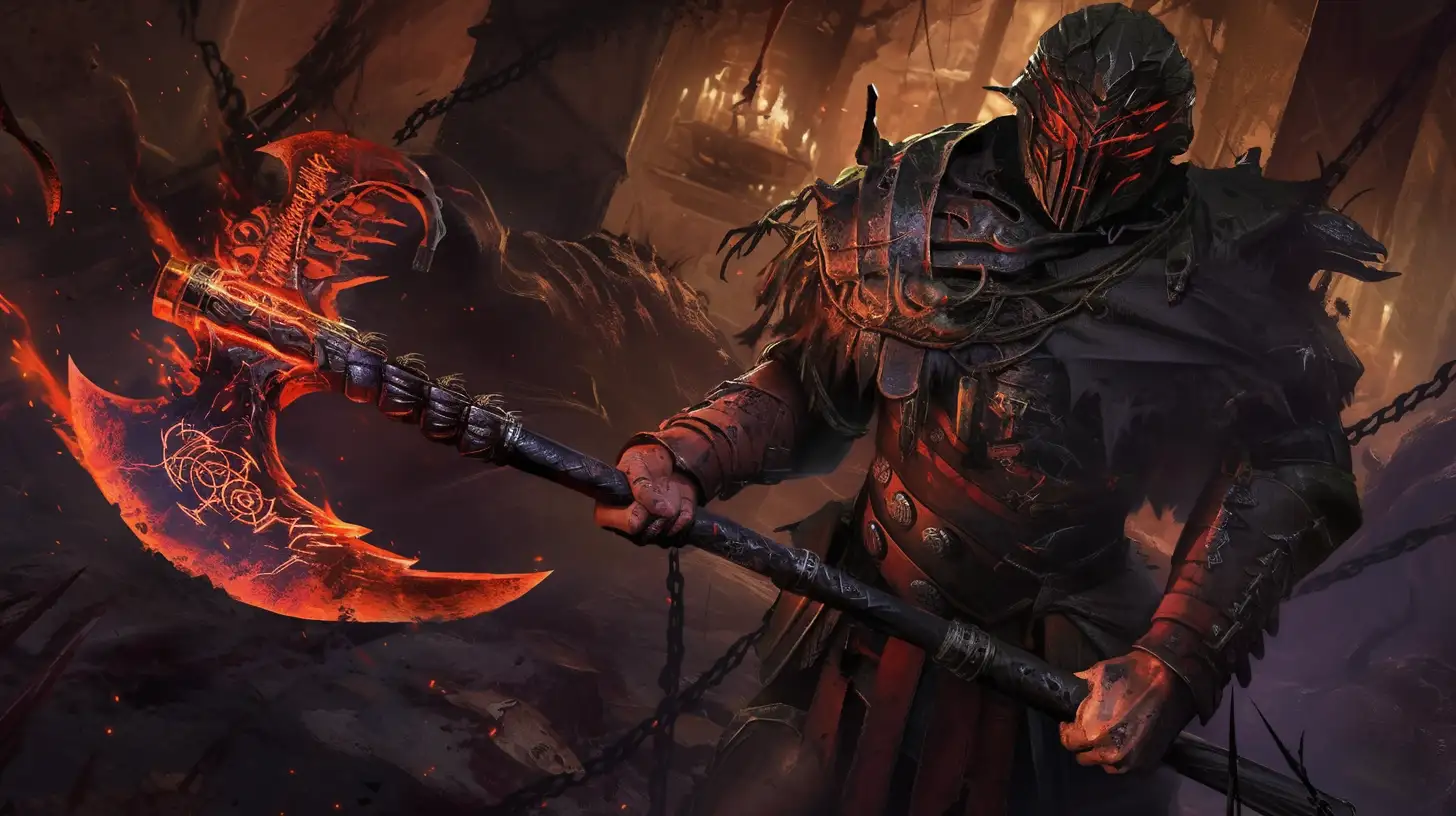
The Passive Skill Tree is made up of interconnected “nodes.” These nodes are the individual points where you spend your passive skill points to enhance your character.
- Small Nodes: These offer minor stat increases, such as +10 Strength or +5% increased life.
- Medium Nodes: These provide more significant bonuses, like increased elemental damage or resistance.
- Large (Keystone) Nodes: These are powerful nodes that drastically alter your character’s mechanics. Nodes are connected by pathways, and you must allocate nodes along these paths to reach your desired destinations on the tree.
Passive Skill Tree Nodes and Builds

Your node choices will heavily influence your character’s build. For example, a Sorceress might focus on nodes that increase spell damage and mana, while a Warrior might prioritize nodes that boost strength and life. For example:
✔ +10% increased spell damage – Simple and effective!
If you’re freaking out because there are hundreds of options, remember, this skill tree is shared across all classes. Each class starts at a different position on the tree — Sorceresses begin near the top, Monks start on the right, and so on. However, you’re not locked into a specific path. While you may start by picking skills relevant to your class, later on, you can branch out in unexpected ways to create unique builds.
Crit Basics: The Short and Sweet Version
PoE’s crit system is, shockingly, the same for both you and the monsters (which is kinda rude if you ask me). We’re gonna look at it from the player’s perspective, but keep in mind that most of this works the other way too.
Both critical damage and crit chance in this game are sneakily complicated. Crit stacking in PoE2 is like making a really chaotic sandwich.
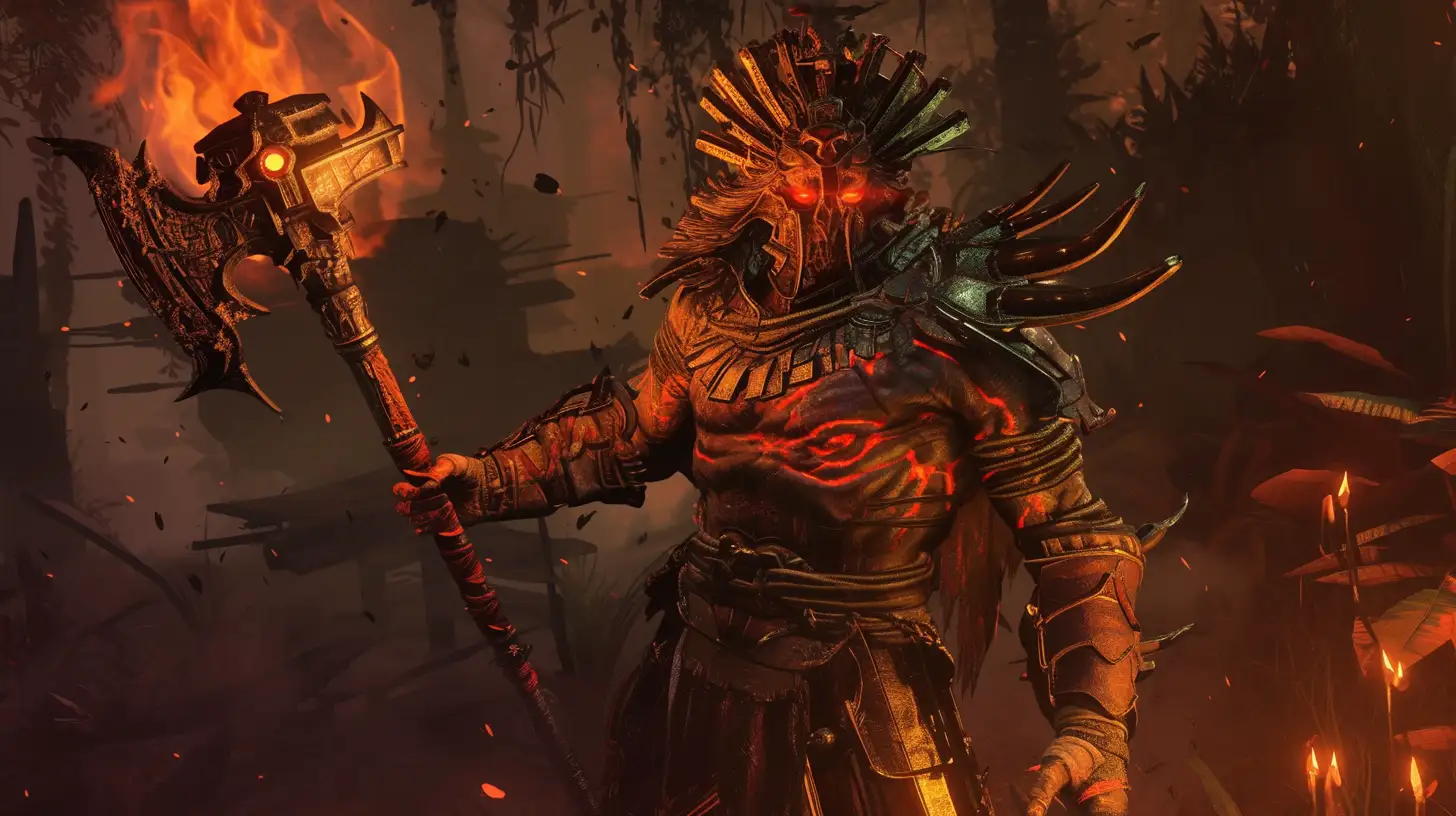
Step One: Your Weapon and Critical Strike Chance
For attack-based abilities, your critical strike chance is plastered right onto the weapon, sitting there like a proud little percentage. Spells, though? They play by their own rules—each one has its own base crit chance.
Here’s where we start slapping on modifiers. Some weapons roll with extra crit chance—like, say, a “+5% crit chance” affix. That bad boy gets baked right into the weapon’s base stat. If your sword was originally rocking 15% crit, it now shows 20%, which is already a lot. And this is just the beginning!
Remember, it’s not just your base crit chance that matters—your overall attack stats, including increased attack speed and physical damage, also play a key role in how effective your attacks are.
Critical Damage Multiplier System: The Math You Can’t Ignore (But Wish You Could)
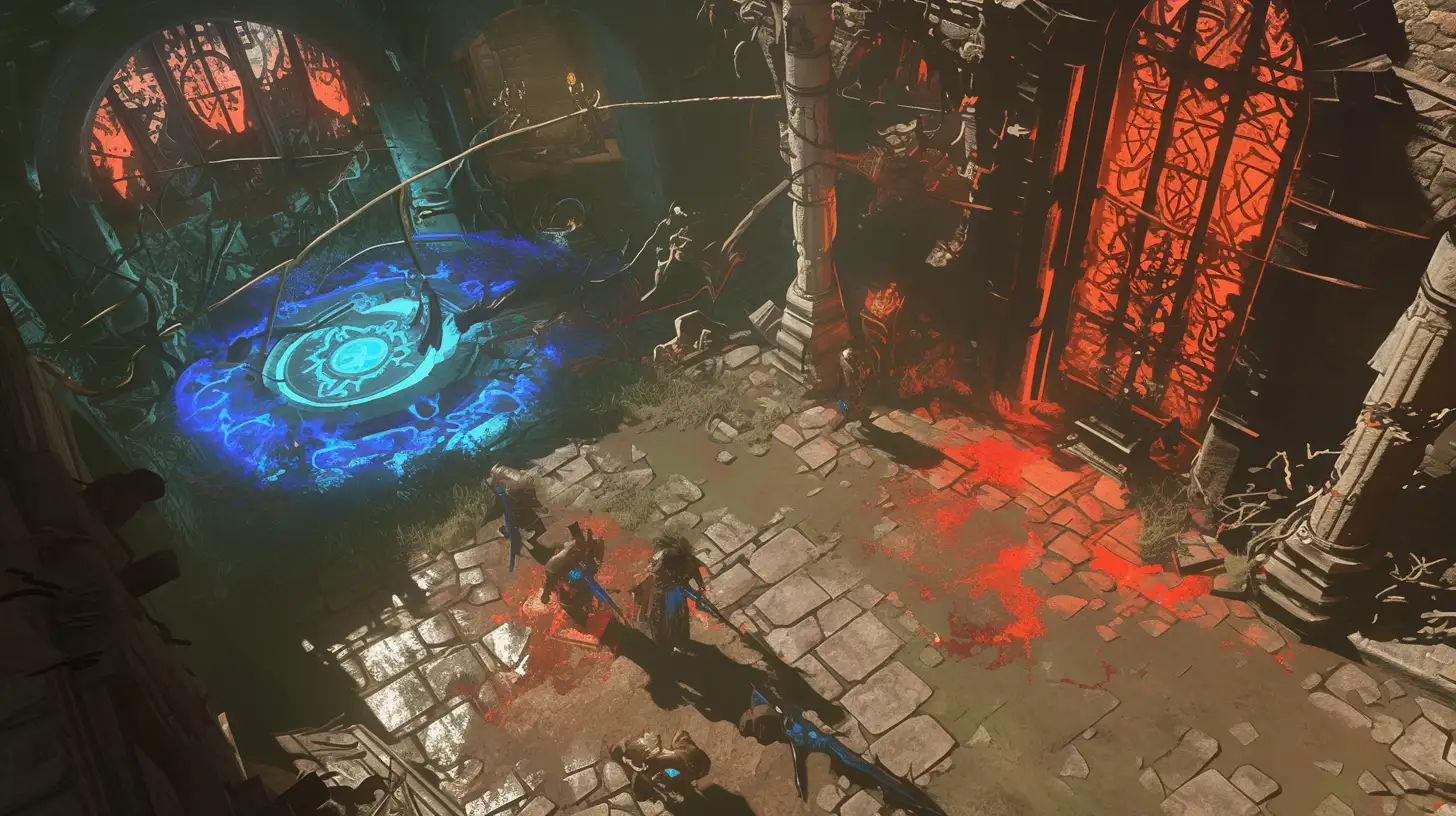
Now, let’s say you’ve got a bunch of gear and passives boosting your critical damage chance by 20% here, 10% there… math happens, and suddenly you’re looking at a total multiplier of 1.5 on your base crit. Then we add more layers—like a “+15% MORE crit chance” multiplier. Yep, PoE loves stacking different types of modifiers.
So, let’s do a quick (painful) example:
- Your weapon starts with 20% crit chance.
- You multiply that by 1.5 (from your affixes) → now it’s 30%.
- Then you hit it with a 1.1x multiplier → 33%.
- Then another 1.15x multiplier → 38%.
Boom. That’s your final crit chance for that attack.
What 38% Crit Chance Actually Means

Seems simple, right? If your critical damage chance is 38%, then you should crit 38% of the time. But nah, PoE has to make it weird. Every attack does a little dice roll (0–99.99), and if the result is below your crit chance? Bam—big damage. But! If you’re swinging at multiple enemies at once, the same roll applies to all of them… yet each enemy might have different debuffs affecting your crit rate. So, some might get crit, some might not. Love that for us.
Fun fact! If a monster yeets a bunch of projectiles at you, they all share the same crit roll. If one of them crits, they all crit. Which is just fantastic if you love getting deleted.
Oh, and evasion can straight-up cancel your crits. Yep. If the target’s evasion is high enough, your beautiful, well-earned crit can just… not happen. Instead, it downgrades to a boring normal hit. Not mad, just disappointed.
Critical Damage Bonus: The Good Stuff
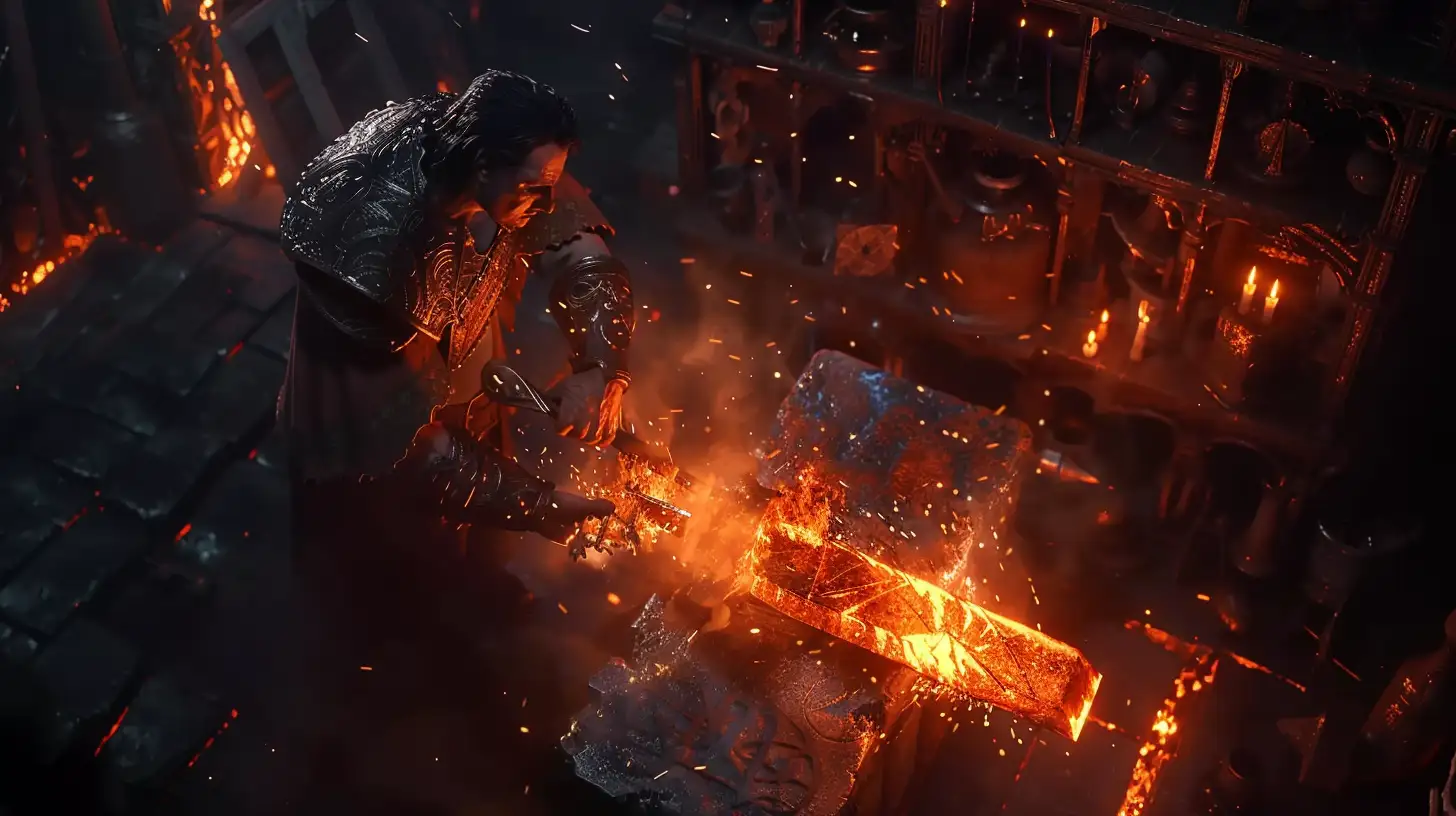
By default, a crit deals double damage (100% extra). Monsters, though, only get a 40% critical damage bonus.
Weapons have another neat little trick—some roll with “+10% increased critical damage bonus.” So instead of 100% extra damage, now you get 110%. And guess what? Some skills (like Sniper’s Mark) can stack on even more flat bonuses, which is, uh… kinda broken.
Respecing (Changing Your Build)
If at any point you think: “This build sucks, I made bad choices!”—don’t panic. You can Respec (reset your skill choices) early in Act 1 when you meet a character called The Hooded One. After you bring them back to Hometown, they’ll let you undo passive skills one at a time for a small gold fee.
This means you can tweak and refine your build without starting over from scratch.
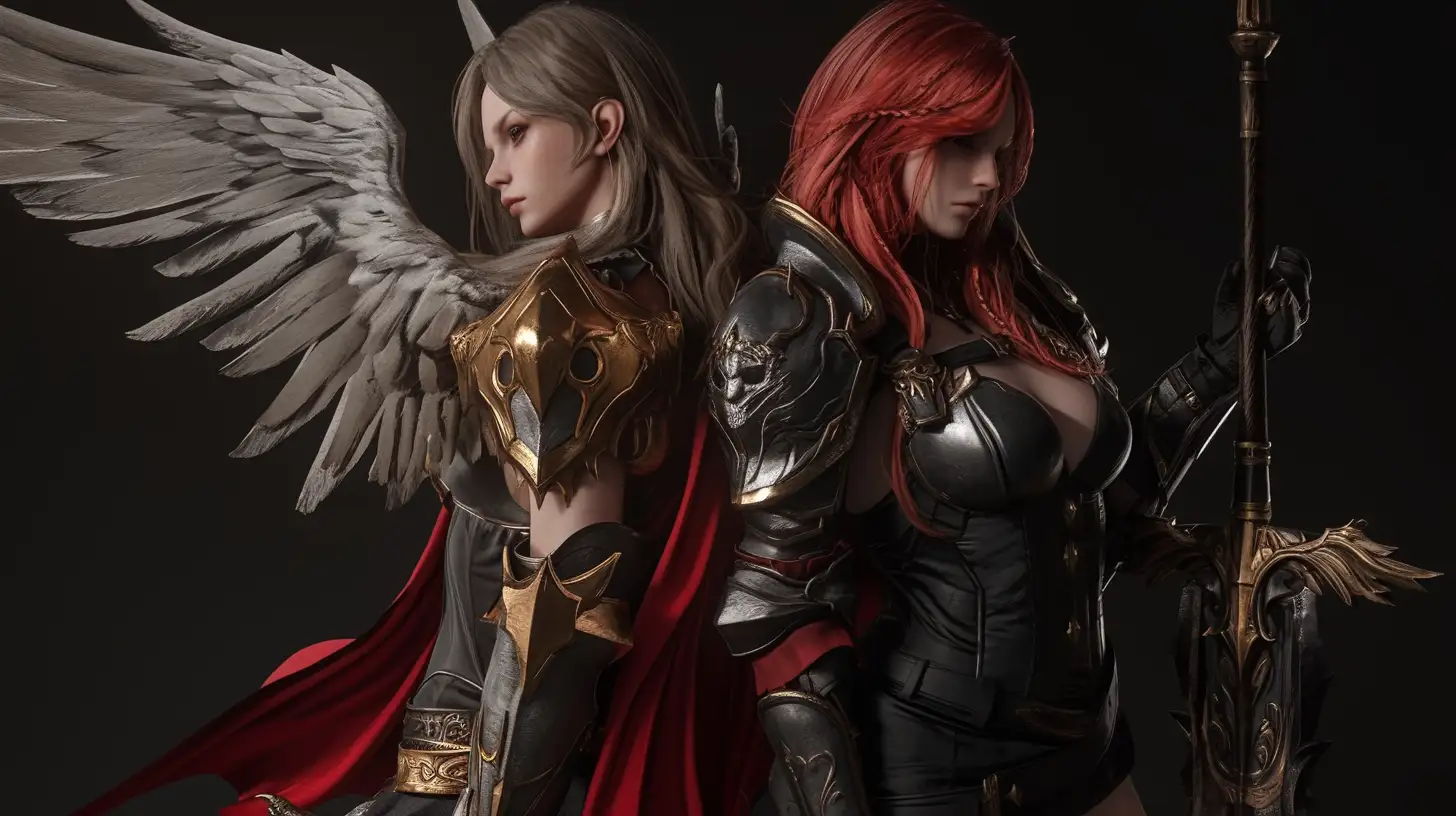
What Are Ailments And How Do They Apply
In Path of Exile 2, ailments can be dangerous, and the way they apply isn’t always straightforward. Here’s the core information you need to know about ailments and ailment threshold:
- When an attack lands, it goes through dodge, evasion, and block before dealing damage.
- Ailments, however, can apply even if you block the attack—blocking doesn’t stop them from building up.
- Once the attack lands, the game calculates whether an ailment will be inflicted based on the ailment threshold system.
Ailment Threshold & How It Works
- Instead of being reduced by resistances, ailment threshold is based on your total life.
- The game compares the raw (pre-mitigation) damage of an attack to your life pool.
- For every 100% of your total life the attack would deal, there’s a 25% chance for an ailment to apply.
- Example: If you have 100 life and take 100 raw damage, there’s a 25% chance to be affected by the ailment.
- If you take 200 raw damage, the chance increases to 50%.
- Low-life characters are more vulnerable to ailments because their life pool is smaller, making it easier for attacks to hit the threshold.
Maximum Curse Limit
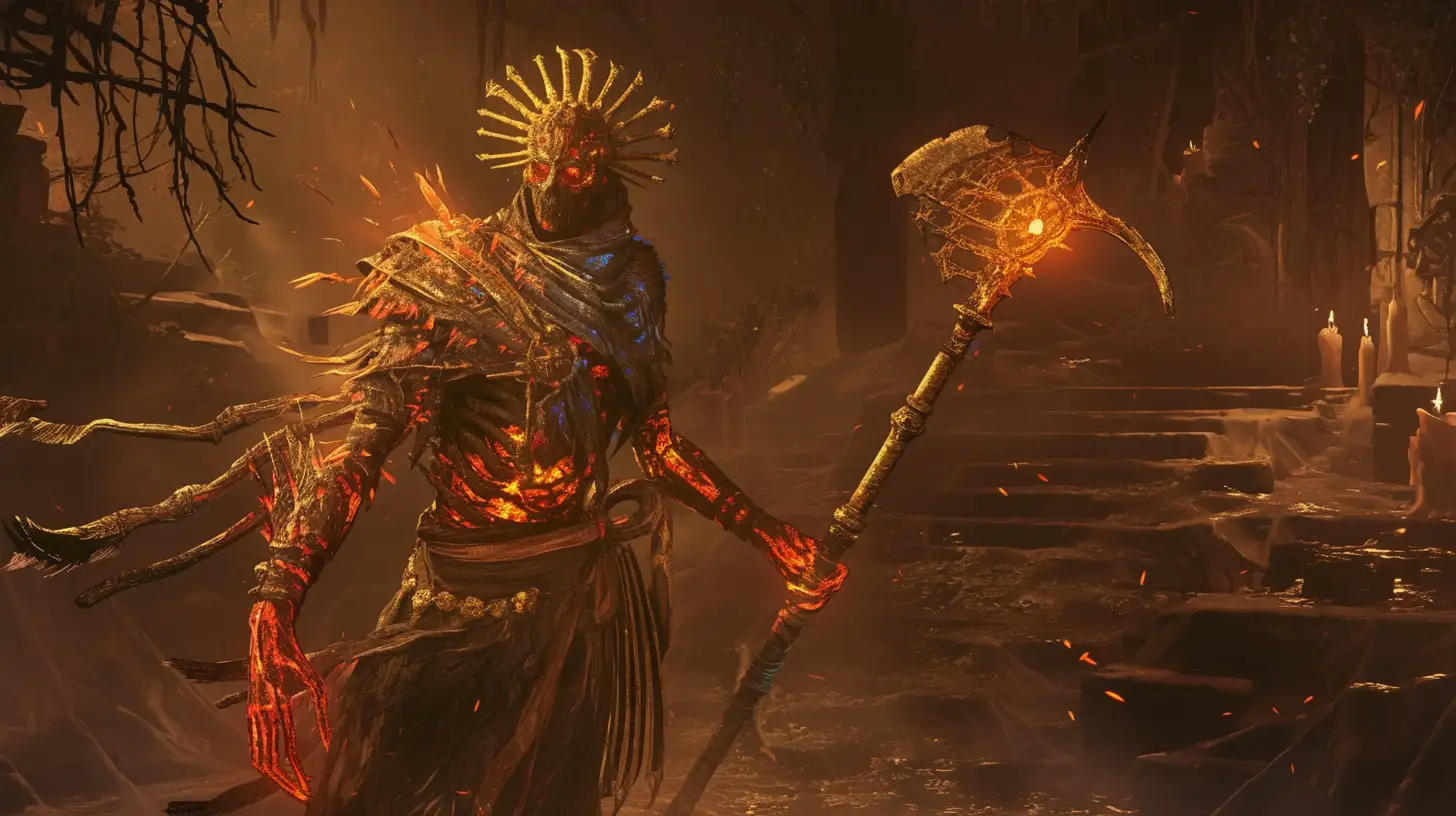
Curses are a specific type of ailment that applies debuffs to enemies, weakening them. Character’s maximum curse limit restricts the number of curses that can be active on enemies at any given time. This limit prevents players from overwhelming enemies with excessive debuffs. The base curse limit will be a certain number, and can be increased by certain passive skills, or items. Curses follow the same basic rules of ailment application, and ailment threshold.
WHAT IS ASCENDANCY / HOW TO ASCEND – Picking Your Ultimate Vibe
Alright, time for some big decisions. You’ll hear the term Ascendancy a lot in Path of Exile 2. In simple terms, it’s a subclass or specialization for your main class, giving you a unique playstyle and extra abilities.
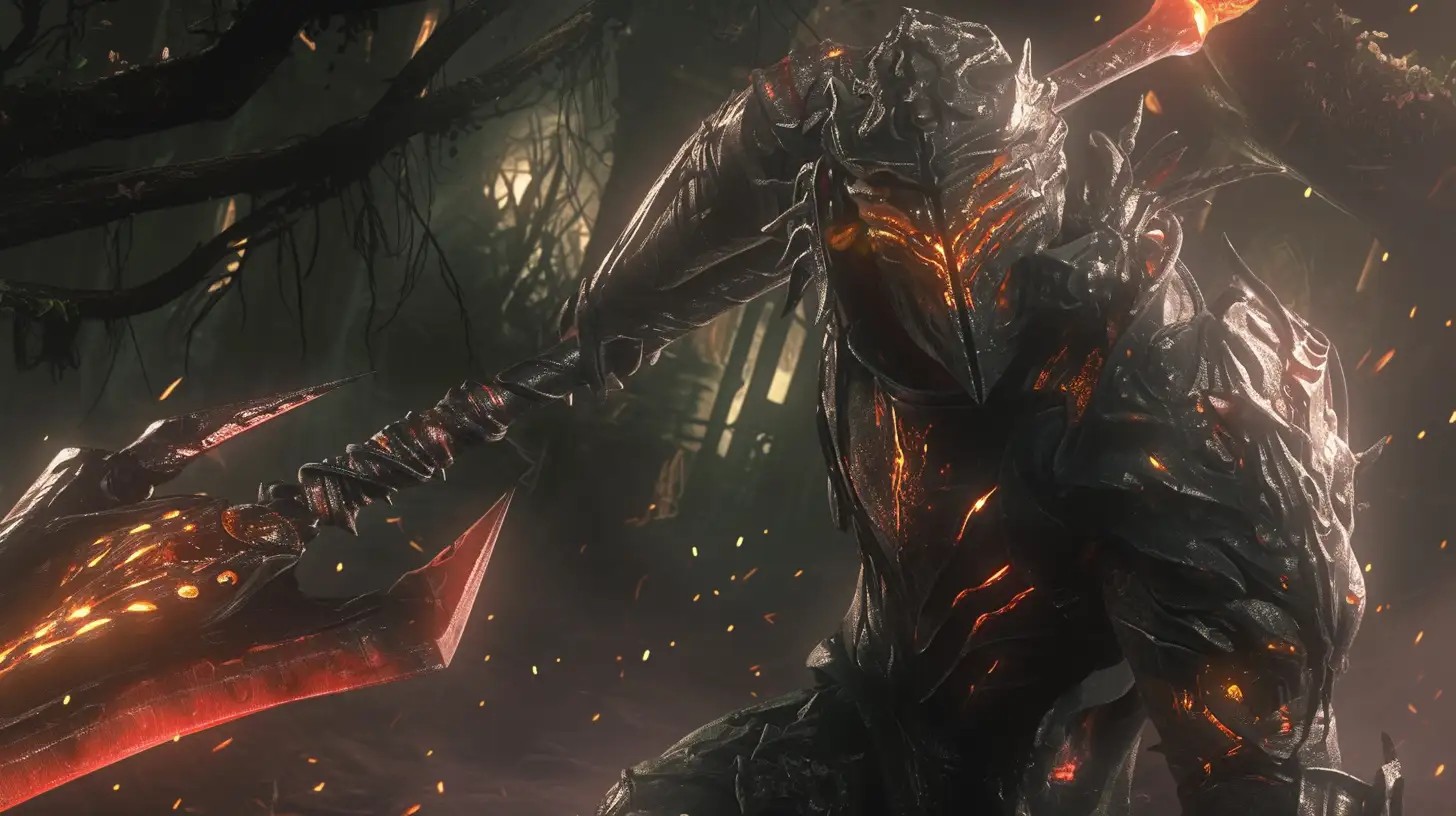
Dumb analogy incoming:
You’re a pastry chef. You’ve been making tasty treats for a while, and now it’s time to specialize. Your options?
- Cake Ascendancy – You bake cakes 10% faster and use 10% fewer ingredients.
- Pie Ascendancy – Maybe you get extra filling power or something.
Either way, you’re still a pastry chef, but now you’ve got cooler skills tailored to what you love.
For your Sorceress, the options might be:
- Chronomancer – Magic that messes with time (like freezing it—oh yes).
- Storm Weaver – Control lightning, ice, and fire, making your attacks way flashier.
How do you actually ascend?
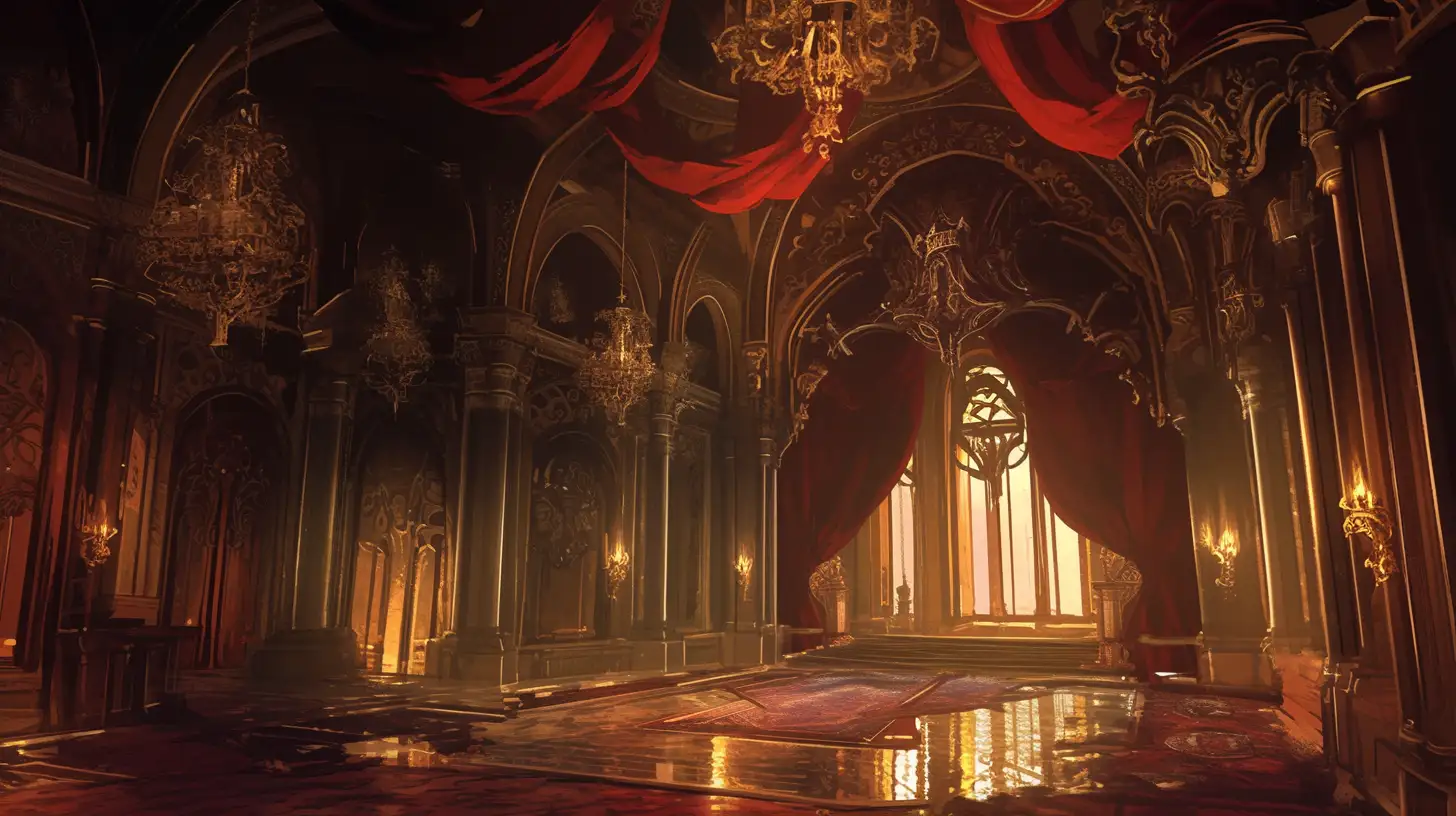
When you finally pass the trial:
- Your Ascendancy tree appears dead center of your passive skill tree.
- You need Ascendancy Points to level it up (they’re different from regular skill points).
WARNING! Ascendancies are permanent. Unlike skills or gear, you cannot change your Ascendancy later. Once you pick it, you’re in for life. So, choose wisely—this isn’t some casual relationship. It’s a marriage. Commit.
Epiccarry: best wow boost and coaching services
How do I heal in Path of Exile 2?
In Path of Exile 2, healing primarily relies on flasks. These aren’t instant health potions, but rather refillable containers that provide a gradual restoration of health over time. You’ll find them located near your health orb on the HUD. Flasks have a limited number of charges, and these charges are replenished by defeating enemies or by using town wells. This system encourages active combat and strategic flask usage, as you’ll need to balance your offensive and defensive actions to stay alive.
What’s the difference between Energy Shield and Health?
Energy Shield and Health serve distinct purposes in Path of Exile 2’s combat. The Energy Shield acts as a protective layer that absorbs incoming damage before it affects your Health. It’s represented by a light-blue bar surrounding your health orb. Unlike Health, which requires potions or other healing methods, the Energy Shield automatically recharges over time when you’re not taking continuous damage. This makes it a crucial buffer in intense fights, allowing you to withstand bursts of damage. Health, represented by the red orb, is your primary life pool, and once depleted, you’ll face death.
How has monster damage changed from PoE1 to PoE2?
Path of Exile 2 introduces a significant overhaul to monster damage classifications. Gone are the confusing “spell vs. attack” distinctions of PoE1. Instead, damage is now categorized into three primary types: AoE (Area of Effect), projectile, and strike. This simplification aims to create a more intuitive system where defensive mechanics are more predictable. For example, evasion now effectively defends against projectile and strike attacks, but not AoE attacks. This change emphasizes strategic positioning and dodging in combat.
How does damage conversion work?
Damage conversion in Path of Exile 2 allows you to change a portion of your damage from one type to another. For example, a skill might convert 40% of physical damage to lightning damage. This converted damage then scales with modifiers that affect the new damage type, such as increased lightning damage. This system allows for diverse build options and strategic scaling of damage, enabling players to tailor their damage output to specific enemy weaknesses or defensive mechanics.
What are Support Gems?
Support Gems are items that modify the behavior of your active skills. They don’t provide new skills themselves, but rather enhance or alter the effects of existing skills. For example, a support gem might add additional projectiles to a spell or increase its area of effect. However, support gems often come with trade-offs, such as reduced cast speed or damage. Experimenting with different support gem combinations is crucial for optimizing your build.
How do runes in PoE 2 work?
Runes are magical items that can be socketed into gear with empty slots to add specific bonuses. Socketing runes into armor increases your resistances to elemental or chaos damage, while socketing them into weapons adds elemental damage to your attacks. You must remove the gear to socket a rune.
How does the Passive Skill Tree work?
The Passive Skill Tree is a massive network of interconnected nodes that allow you to customize your character’s abilities and stats. You spend passive skill points, earned by leveling up, to allocate nodes along pathways on the tree. Nodes vary in size and power, with small nodes providing minor stat increases, medium nodes offering more significant bonuses, and large (Keystone) nodes granting powerful, game-changing effects. Your node choices significantly impact your character’s build and playstyle.
What is Ascendancy?
Ascendancy is a subclass system that allows you to further specialize your character’s abilities and playstyle. It’s unlocked by completing a trial after defeating a boss in Act 2. Ascendancy provides unique passive skills and bonuses that complement your chosen class. However, Ascendancy choices are permanent, so careful consideration is essential.
How do ailments and curses work?
Ailments are debuffs applied to enemies based on the damage they take relative to your life pool, using a mechanic called ailment threshold. Curses are a specific type of ailment that applies debuffs to enemies, weakening them. Characters have a maximum curse limit, which restricts the number of active curses on enemies. This limit prevents excessive debuff stacking. Both ailments and curses are applied based on the damage taken compared to your life pool, making low-life characters more vulnerable to these effects.
